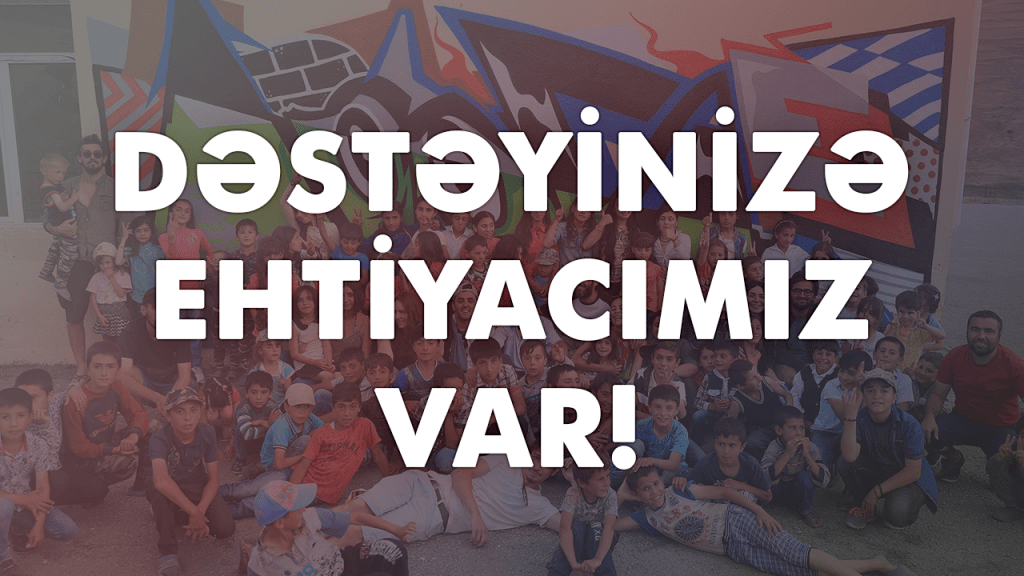Fakhriyya Mammadova

Fakhriyya Mammadova has been an important contributor to the growth of the Azerbaijani art scene for over two decades, beginning her artistic career as a part of the Wings of Time art group and their exhibition of young artists in 2000. With degrees in ceramics and design from the Azerbaijan State Academy of Fine Art in Baku, she is both and artist and designer as evident in her evocative conceptual photography projects and installations. She is a long-time member of Yarat Contemporary Art Space and has played an important role in the institution’s presence in Baku and abroad. Fakhriyya has exhibited her work widely in Baku, as well as abroad in Turkey, France, Georgia, Poland, Russia, Greece, Uzbekistan, Germany, Iran, Switzerland, Norway. In addition to her own artistic projects, she taken on curatorial roles for various photography exhibitions as well as the second Aluminium International Contemporary Art Festival in 2005. Notably, many of the festivals and exhibitions that featured her work focus on women artists as well as social issues. Her artwork was included as part of the landmark 2012-2013 Fly To Baku exhibition, which toured across Europe and Azerbaijan, and in 2013 her artwork was featured in the Ornamentation exhibition at the Azerbaijani Pavilion at the 55th Venice Biennale. At the Venice Biennale, she presented an installation of a series of 75 photographs in round wooden frames entitled Wedding: “Girlish Dreams” (2013), in which the round shape of the images suggested the lens of a camera, allowing the visitor to observe the celebration from various distances and levels of intimacy. The documentary style of the installation progressed in and out of different scenes of the traditional Azerbaijani wedding, with the view changing perspective throughout the piece. The installation was an example of her talent as a visual storyteller; through her work, Fakhriyya uses the camera lens to highlight ordinary moments, objects, and people, skillfully drawing out the layered narratives that exist in every life.
Visually, Fakhriyya’s artwork is distinguished by the way in which she experiments with color, texture, scale, and materiality, using photography as a tool to explore the multiple conceptual dimensions of her subjects. In 2015, she mounted the solo exhibition Dua* at Yay Gallery in Baku, which presented her photographic works as objects – in the individual works, two images were printed within transparent cubes and layered together to create new depth and meaning through the blending of the photographs. When viewed from various angles, the artworks changed perspective as light interacted with the translucent material. The refracting light alternately muted and highlighted different parts of the images, creating the potential for multiple meanings and experiences of the piece. Places such as a jetty or seafront promenade were captured from various angles of view and then overlaid with color washes that create a sense of melancholy and emotion. Architectural details in the artworks were hauntingly rendered, suggesting nostalgia for the people who once inhabited the spaces. When people did appear in the photographs, they were present as an added layer, a fleeting occurrence in a moment of time. Her images were filled with shifting moods but also surprising moments of sweetness, showing small gestures between people or the visual beauty of birds in flight. In the exhibition, Fakhriyya’s choice to present images as objects allowed her to explore the layered complexity of the subjects contained within them. This sentiment continues in her work in the present day as she uses her lens to capture her insight into the lives and places of the people around her.




















